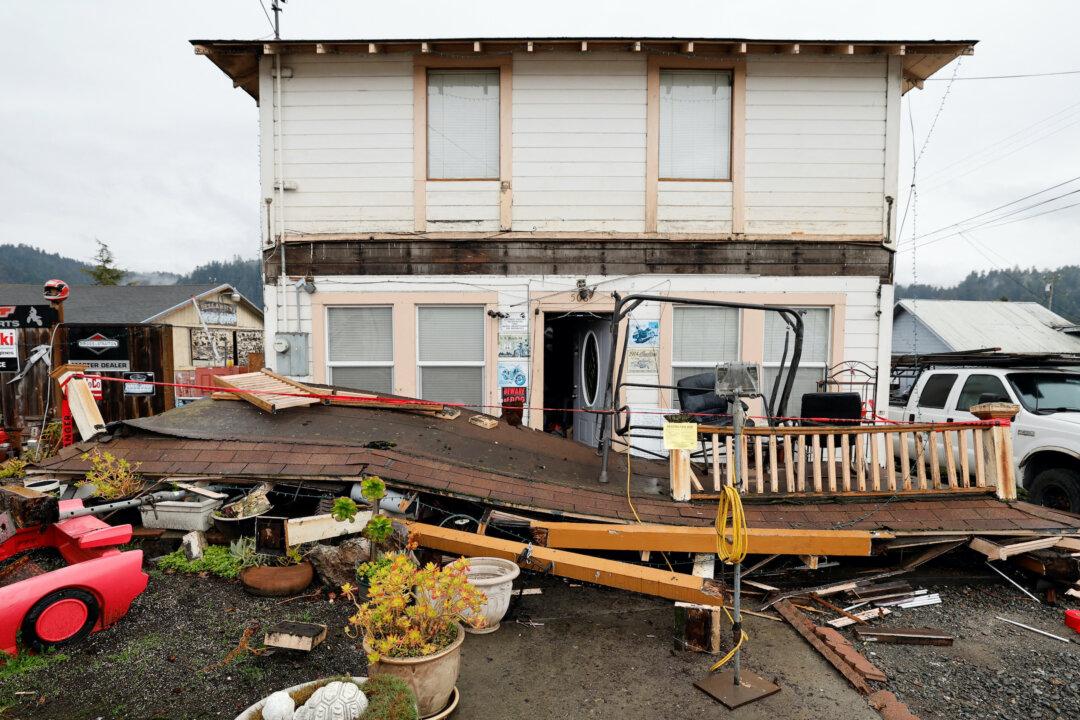Californians could get faster earthquake alerts after scientists added new real-time satellite sensors to the state’s ShakeAlert system.
The U.S. Geological Survey (USGS) and its partners announced the upgrades June 5, which they say will help inform the public about potentially damaging quakes faster.





